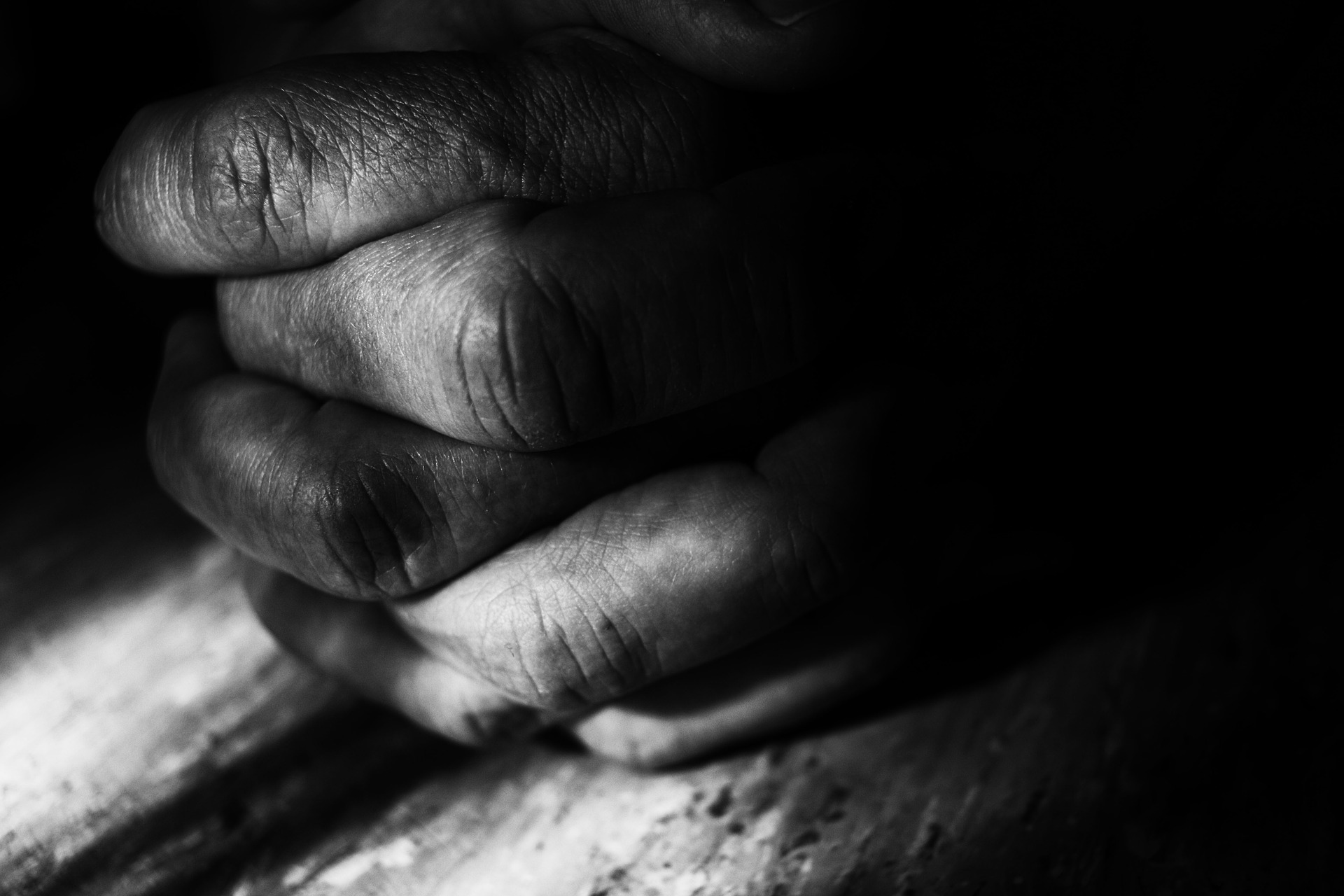Sexual Assault of Black Men: What we don’t want to talk about.
October 11, 2017
Guest post by Ruby Bouie Johnson LCSW
Writing about sexual assault. BlackSexGeek, Sexuality Educator and Counselor, and Clinical Social Worker in private practice in Plano, Texas.
Every 98 seconds, in the United States, someone is sexually assaulted. Sexual assault has a devastating impact on a person psychologically and physically. Uncertainty, confusion, and fear are the emotional and mental response for all that have been impacted. For the person who is victimized, the impact reverberates through their life. I work with clients that are ready to explore and liberate their sexual selves after experiencing such a trauma. For some, it has been decades since their sexual assault and they are ready for further healing and growth. For others, it has been just a few months. For those assaulted at night, they must even learn to be comfortable in darkness again. There is the process of being receptive of a hug or touch from their partner, child, or friend. There is not a time table for the “finality” of healing. It’s a life altering experience for those individuals and the people closest to them.
When most people think about sexual assault, they think about women. However, I also work with many men. One in 33 men have experienced an attempted or completed rape in their lifetime. Many believe this number is conservative. I agree.
This is sexual assault:
- · “If you don’t have sex with me, you are not a man.”
- · “I know how to turn that no into a yes.”
- · “Hey man, if you don’t hit that you are a punk.”
- · A 24 year old woman telling a 16 year old boy that having sex with her makes him a man.
- · A group of friends pressuring each other into having sex when they don’t want to.
- · A young man being told they are gay if they speak up about being sexually accosted by a man or a woman.
- · Men having their penises and butts grabbed.
- · While intoxicated, women who jump on men’s genitals and grind until the men respond.
If the genders were reversed, there would be no question that the above behaviors are sexual assault. These are behaviors that I hear often while performing a sexual history assessment with men. More specifically, I hear this with black men. In an article from 2015, sexual coercion is defined as violent forcible rape, mental manipulation, verbal pressure, and use of substances. This study showed that black men are more likely than any other ethnic group to be sexually coerced through manipulation. Angie Gunn LCSW has a clinical practice that focuses on healing from trauma and reclaiming one’s sexuality. She expresses that “Reclaiming sexual pleasure and health after trauma is one of the most challenging, and sometimes overlooked areas of treatment when individuals seek support after an assault.”
To avoid over generalization, I speak from my client base over the years.
Motivations: Treatment
Those men I have worked with typically seek treatment to work through lack of physical intimacy or poor communication with their partners. With the couple, I ask each one about their first experiences with communication, sexual experiences, and identifying emotional comfort and discomfort. It’s not unusual to hear statements such as, “this chick ran up on me and she did not give me a chance to say no,” “Feelings. That’s some bullshit,” or “She doesn’t have anything to complain about. She can have whatever she wants and I give it to her on the regular.” The partner comes back with, “see, I want more than that.” This is where intimacy is expanded beyond intercourse.
However, vulnerability, affection, and safety were not introduced to these men and without a doubt, it was not welcomed by others. The anthology Hyper Sexual, Hyper Masculine? Gender, Race, and Sexuality in the Identities of Contemporary Black Men discusses how the inescapable stereotypes of black men often stifle their attempts to define themselves. As a therapist, the key is not to reinforce the expectations of others to live within a presumption of who I want the client to be versus who the client wants to be. This is an inter- and intra- personal battle. Engaging the partner on the journey challenges their assumptions of their partner as a man and presumptions of what being a man and a woman look like. There is the history that has frustration and anger that is being sourced and exposed.
Sexual Scripts
The traditional cultural sexual script is highly gendered and prescribes specific, often opposite positions for men and women in heterosexual relationships. This includes that men want recreational sex and woman want relational sex. As a therapist, it is important to distinguish cultural sexual scripts (society’s expectations of masculine and feminine interactions) from gender norms (for the client, the social construction of a man and a woman.) Gender constructs define the person’s sexual desires and belief. These are reinforced via personal interactions. At times these scripts are reshaped by the same constructs and interactions. This is one of the goals of sex therapy. The sex therapist explores attitudes and norms through the sexual interaction of the couple.
It’s important to start at the disembodiment of the man. We explore consent versus coercion. The client and I explore the expectation of behavior from others and expectation of behavior of self. The partner witnesses this process. We create an environment that allows anger, sadness, shame, and fear to be expressed. We emphasize that no one is less of a woman or man if those emotions are expressed or owned. We dismiss and invalidate social and chattel slave history in order to liberate the body, the voice, and the mental chains that oppress. Angie Gunn states that client learns to “…trust your own hand, your own boundary, and listen to your body’s reaction to that touch, provides so much healing.”
This is an aspect of the healing process. The depth of the collaborative treatment is led by the client. The journey begins with the first call.
You can find services and information here: Ruby B. Johnson, LCSW and here: Angie Gunn, LCSW
This post also appeared on Huffington Post here.

Clasped adult hands, black skin against a dark background (Getty Images)
